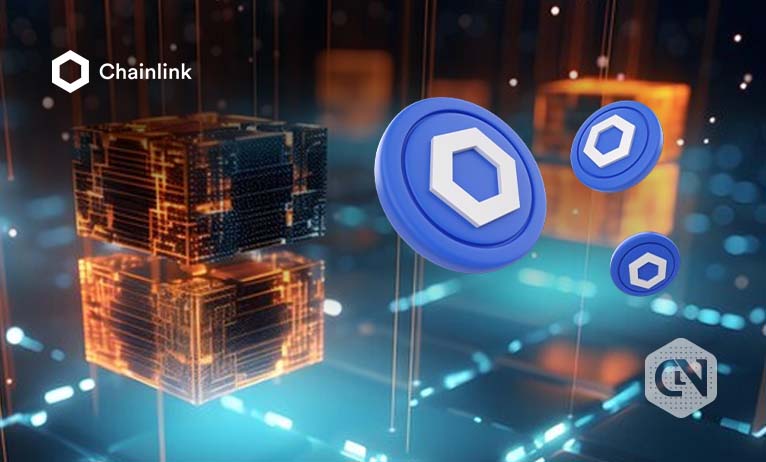With over 20 million request transactions completed for thousands of smart contracts across many blockchains, the Chainlink Verible Random Function (VRF) is the most widely used random number generator (RNG) in Web3. Through continuous upgrades and improvements, Chainlink VRF achieves an ultimate latency of approximately 2 seconds, allowing for a number of innovative use cases that require quick responses.
In many blockchain use cases, including gaming, NFTs, and art, randomness is important to create fair outcomes and experiences. However, it is difficult to guarantee that the source of randomness is secure. This is especially true in deterministic systems such as blockchain networks.
Blockchain-based RNG systems are vulnerable to manipulation because miners or validators can bias the results by selectively releasing blocks that benefit them. The lack of transparency makes it difficult to determine whether the randomness provided by off-chain RNG solutions has been manipulated.
Chainlink VRF remains essential to supporting a wide range of use cases for managing Web2 and Web3 projects at scale as the blockchain gaming industry grows and the need for on-chain verification randomness increases. Chainlink VRF addresses these limitations by leveraging on-chain encryption and off-chain processing.
With the Oracle node’s pre-committed private keys, Chainlink VRF combines not-yet-available block data on request to generate random numbers and cryptographic proofs. If the random number generation process has not been tampered with, the consuming program will only accept random number input after a legitimate cryptographic proof has been generated.
Chainlink VRF v2.5 now supports fee payments from LINK and other assets such as native blockchain gas tokens. Unlike LINK payments, higher fees are charged when paying with other assets. At the same time, work is underway on a payment abstraction system that will automatically convert fee payments received from other assets into LINK.
This update opens a new avenue for programmatically funding VRF’s on-chain predictability. To enable fully autonomous dApps that do not require teams to manage subscription contract balances, dApps can transfer the cost of VRF calls to end users on demand. Not only are leading blockchain games prioritizing verifiability, but so are Web2 and the world’s largest gaming companies. Global brands and major gaming companies are increasingly using Chainlink VRF to improve platform transparency.
Organizations like the NBA and Lotte Group have chosen Chainlink VRF to improve their NFT strategies. Chainlink is also the Web3 infrastructure provider for Nexon’s MapleStory Universe. Key improvements in Chainlink VRF v2.5 make it easier than ever for developers to create sophisticated on-chain experiences and applications proven to deliver fair gameplay and unexpected results.

